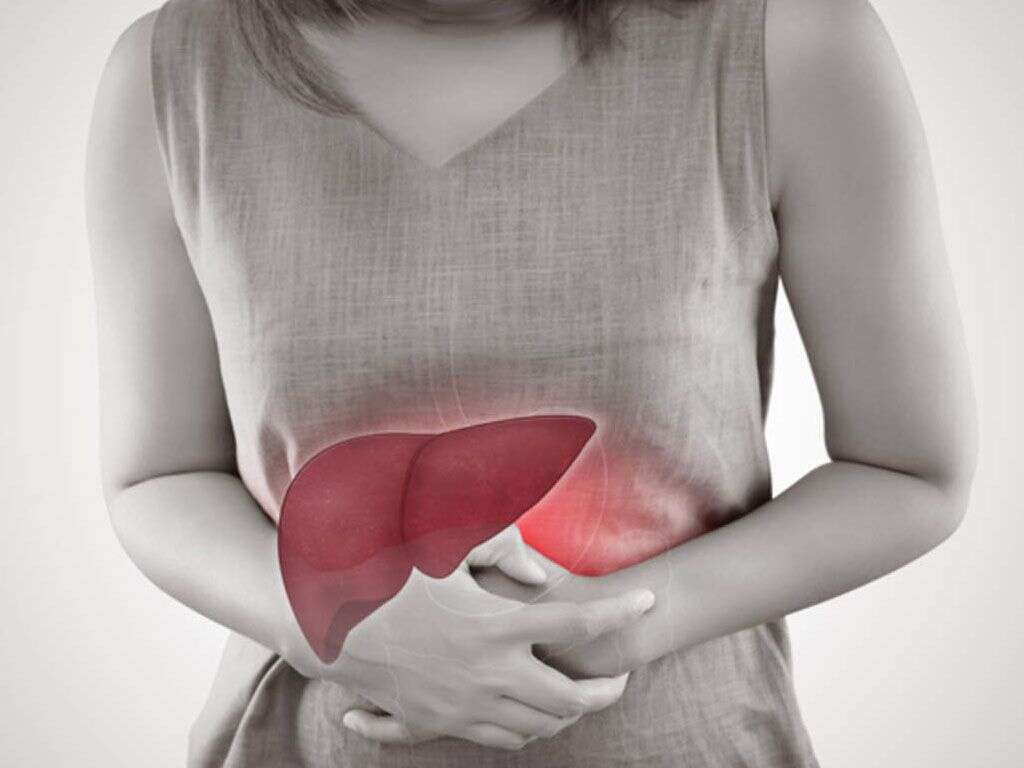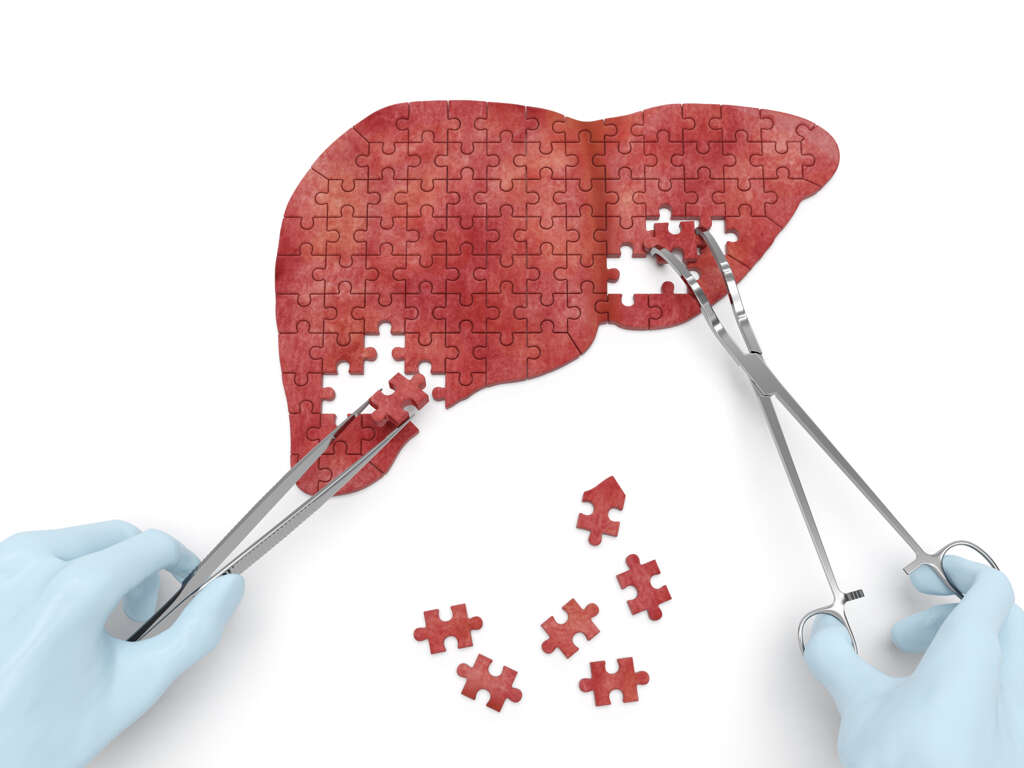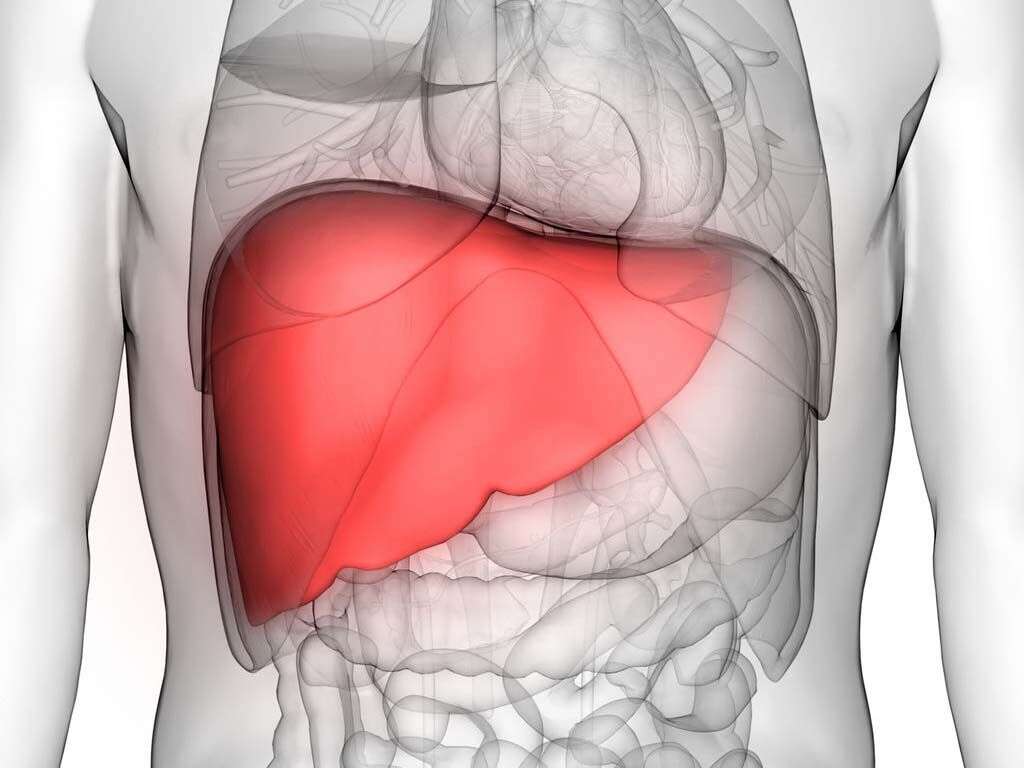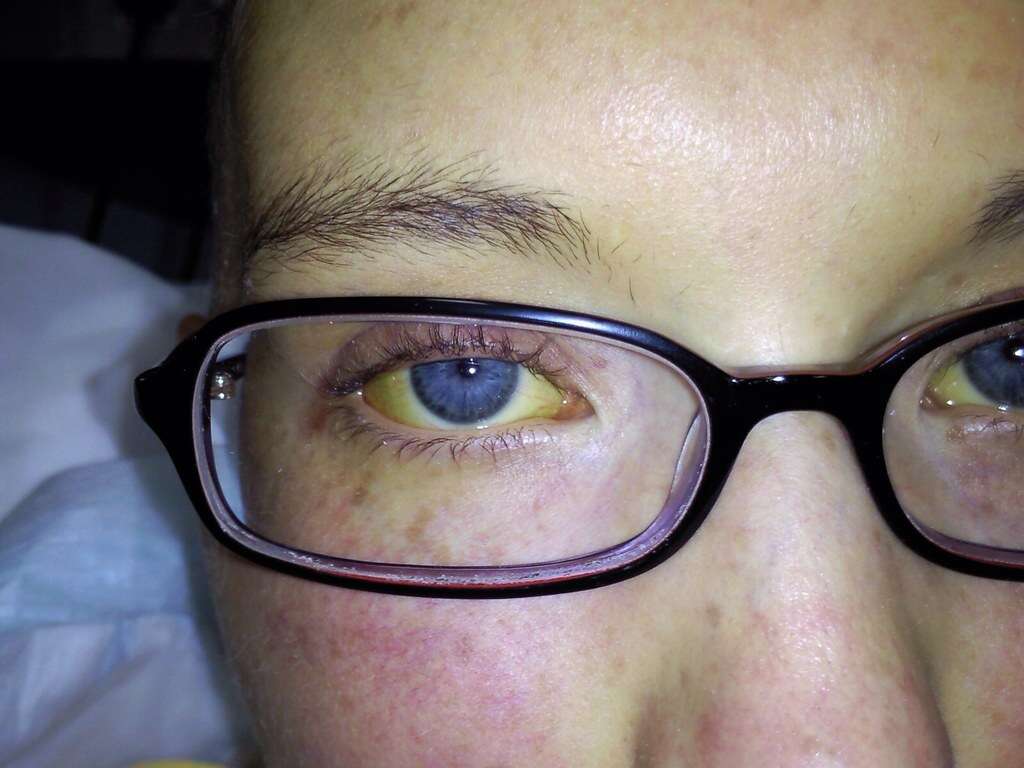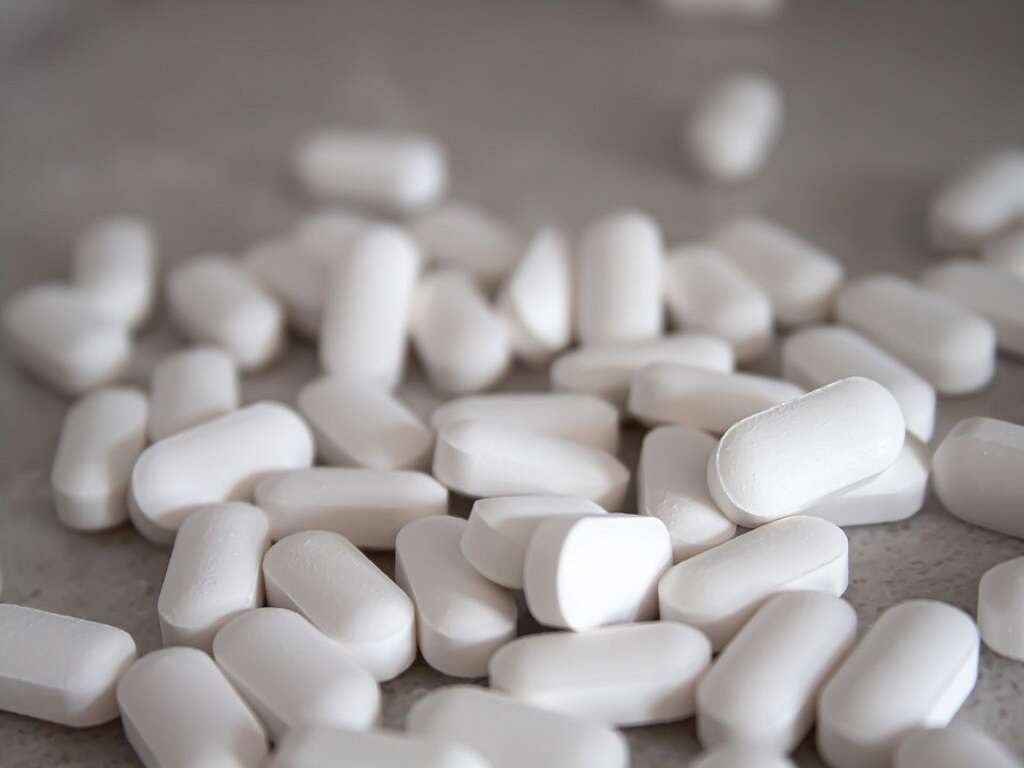What Is Primary Biliary Cirrhosis?
7. Skin changes
Primary biliary cholangitis can cause hyperpigmentation or darkening of the skin that is not related to sun exposure. This phenomenon is given by the excessive synthesis of melanin, a skin pigment produced by melanocytes to protect our skin cells from the harmful radiation that we receive from sun exposure. The enzyme responsible for the initial reaction of melanin synthesis is known as tyrosinase, and it requires copper to function properly. Importantly, the liver is the organ responsible for copper metabolism in the body, and almost 80% of it is excreted in the bile and eliminated in the feces. Thus, when the liver is compromised in these patients, copper is accumulated in the body. In short, in patients with primary biliary cholangitis, the activity of tyrosinase and the synthesis of melatonin are increased, inducing hyperpigmentation.
The liver is the organ responsible for the elimination of almost all excess cholesterol from the body, through direct secretion into bile and via conversion to bile salts. In patients with diseases (such as PBC) that cause a reduction of bile flow (cholestasis), cholesterol levels in the blood are elevated because it’s excretion is decreased. Importantly, hypercholesterolemia, or cholesterol values above 200 mg/Dl, affects roughly 75% of patients with primary biliary cholangitis at presentation. Prolonged elevations in cholesterol levels in the blood may give rise to xanthelasmas. These are sharply demarcated yellowish plaques of cholesterol underneath the skin that usually occur on or around the eyelids.
Advertisement




